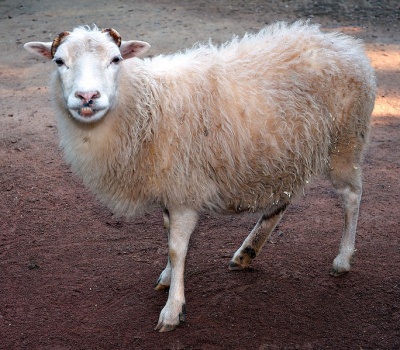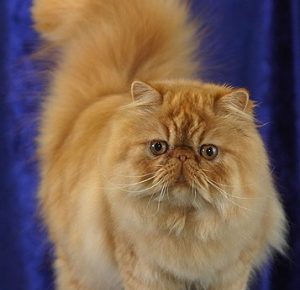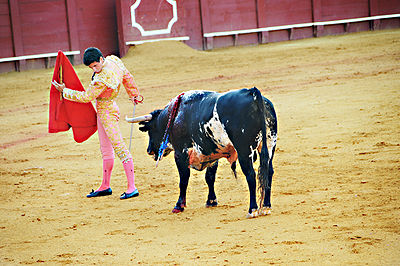
Wild sheep shed their wool naturally, but domestic sheep have been bred to have thick heavy coats. The Merino, Australia‘s most commonly raised sheep, is bred to have wrinkly skin that produces more wool. Merinos don’t shed and due to their coat’s thickness, they can die in the summer if they are not sheared.
Sheep sheared for wool are sheared in the spring, earlier than than necessary for their health. Some sheep will die as a result of exposure to the cold. Shearers are paid by the sheep and not the hour, leading to rough handling of the animals in order to shear as many sheep as possible in the shortest amount of time. Once the sheep’s wool production declines, it is sold for slaughter.
Like other mass-produced animals, sheep are held in small pens. Procedures such as castration and “mulesing” (cutting skin off the rear end) are often performed without anesthesia.
In Australia, kangaroos and wallabies are threatened by the vast amount of native flora being consumed by the sheep. Animals searching for food are killed when they invade the herding space.
There are many alternatives to wool. According to PETA, “cotton flannel, polyester fleece, and other synthetic fibers wash easily, keep their bright colors, cost less, and don’t contribute to cruelty.” These alternatives have become very popular and have led to a 20% reduction of the sheep population.
Video



